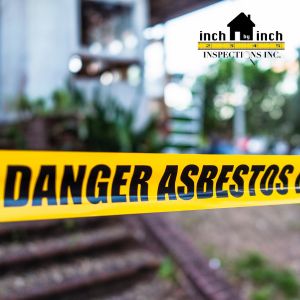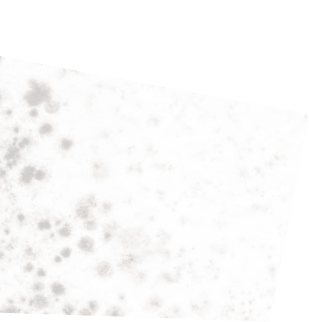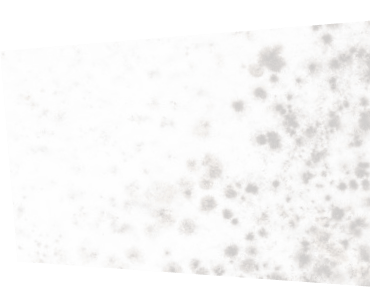Designated substance surveys in Ontario are an essential prerequisite for construction, renovations, and demolition. The process was created to help identify harmful or potentially hazardous substances prior to beginning work. By conducting a designated substance survey with an experienced service provider like Inch By Inch Inspections, you can make plans to manage hazardous materials with processes such as asbestos removal before any contractors or occupants can become exposed or harmed. There are 11 substances highlighted that Ontario regulations require the detection of before construction begins. To learn more about what these substances are and where they may be on your property, read on.
Acrylonitrile
Acrylonitrile is a volatile substance that is used in the manufacturing of certain plastics. Pale in colour, acrylonitrile reacts with various basic chemicals, including ammonia, which is common in households and commercial property. Acrylonitrile is used in certain rubbers and plastics. Reactions and exposure to acrylonitrile can lead to headaches, dizziness, nausea, and many more severe symptoms.
Arsenic
Arsenic is a naturally occurring chemical found in water and soil. As a confirmed carcinogenic, arsenic exposure or ingesting contaminated materials can lead to cancer. In the past, arsenic has been used in old plasters, which can be found in indoor settings; it has also been used to treat wood building materials to prevent pest infestations or deterioration.
Asbestos
 Asbestos is a mineral that was used frequently in the late 20th century for building materials like drywall, floor tiles, and attic insulation. In some cases, asbestos contaminated mineral deposits for other materials like vermiculite, whereas in others, it was used intentionally to fortify construction to be more durable and fire-resistant. When disturbed, asbestos fibres can cause severe damage to the lungs and scarring internal tissues. To avoid asbestos-related illnesses such as Mesothelioma, preventative asbestos removal is required before construction. For reliable designated substance survey reports and asbestos removal in the Greater Toronto Area, trust the experts at Inch By Inch Inspections.
Asbestos is a mineral that was used frequently in the late 20th century for building materials like drywall, floor tiles, and attic insulation. In some cases, asbestos contaminated mineral deposits for other materials like vermiculite, whereas in others, it was used intentionally to fortify construction to be more durable and fire-resistant. When disturbed, asbestos fibres can cause severe damage to the lungs and scarring internal tissues. To avoid asbestos-related illnesses such as Mesothelioma, preventative asbestos removal is required before construction. For reliable designated substance survey reports and asbestos removal in the Greater Toronto Area, trust the experts at Inch By Inch Inspections.
Benzene
Benzene is a substance found in certain types of plastics, resins, synthetic fibres, dyes, and detergents. It's also used in crude oil and used in the production of gasoline. The chemical is yellow in colour and often described as emitting a sweet odour. Exposure to benzene can have harmful effects on blood and bone marrow production.
Coke Oven Emissions
Coke ovens are large industrial chambers that are used to separate water and heat from coal to produce a substance called coke, which is instrumental in steel production. Coke ovens are not an occurrence in modern residential properties, but emissions may be encountered during designated substance surveys in industrial buildings and steel production facilities.
Ethylene Oxide
Ethylene oxide is a flammable gas that is used in the production of many items. From certain detergents and shampoos to textiles and other fabrics such as pillows and carpets, ethylene oxide is toxic with long-term exposure to the chemical.
Isocyanates
Isocyanate is a highly reactive chemical that has been used in paints, varnishes, and other coatings. The volatile chemical can react with alcohol or hydroxyl-based chemicals. Isocyanates are commonly used in building insulation materials and are frequently found in products used in
the automotive industry.
Lead
Lead is also a naturally occurring element used heavily for its durability on residential and commercial properties. Most notably, lead was used in pipes and plumbing fixtures to minimize leaks and adhere to various building structures. Unfortunately, lead can leach into drinking water, or dust generated during construction can contaminate the air. Exposure can cause several problems, including anemia, renal/kidney illnesses, and other toxicities to internal organs.
Mercury
Mercury is known as being an outdated chemical that once had everyday uses, including thermometers and dental fillings. In addition to those uses, mercury was used in buildings for pigments and even electrical switches for its temperature sensitivity. Exposure to any source of mercury can damage the immune system, nervous system, and vital organs because chemicals' vapours can easily pass into the bloodstream.
Silica
Silica is a ubiquitous material that is encountered and used during construction. Glass, beach sand, silicone, and granite are all silica materials, which can also be called silicon dioxide. In building construction, silica materials have many industrial uses, including flooring, cement, asphalt, roofing shingles, and more. When cut or disturbed, silica dust proves to be very harmful to the lungs. By detecting sources of silica before beginning construction, you can create a practical action plan to remove the substance safely after detecting its presence and location with designated substance survey reports.
Vinyl Chloride
Vinyl chloride is a flammable and explosive substance that can ignite very easily. It is used to produce many common plastic materials, including PVC, for pipes, automotive upholstery, and other applications. In new cars, the concentration of vinyl chloride can be higher than normal because the susceptibility to heat causes the chemical to evaporate from new products.
Manage Designated Substances with Inch By Inch Inspections
Our specialized technicians at Inch By Inch Inspections offer reliable and comprehensive designated substance surveys so you can proceed with construction smoothly and safely. Using advanced technology and a smart approach, you can enable testing and remediation. For all your designated substance survey reports, asbestos removal, and more, trust the IICRC-certified experts at Inch By Inch Inspections.




